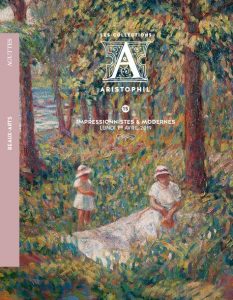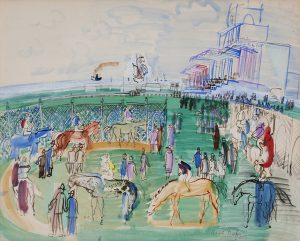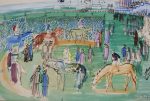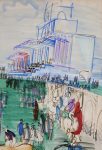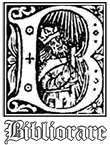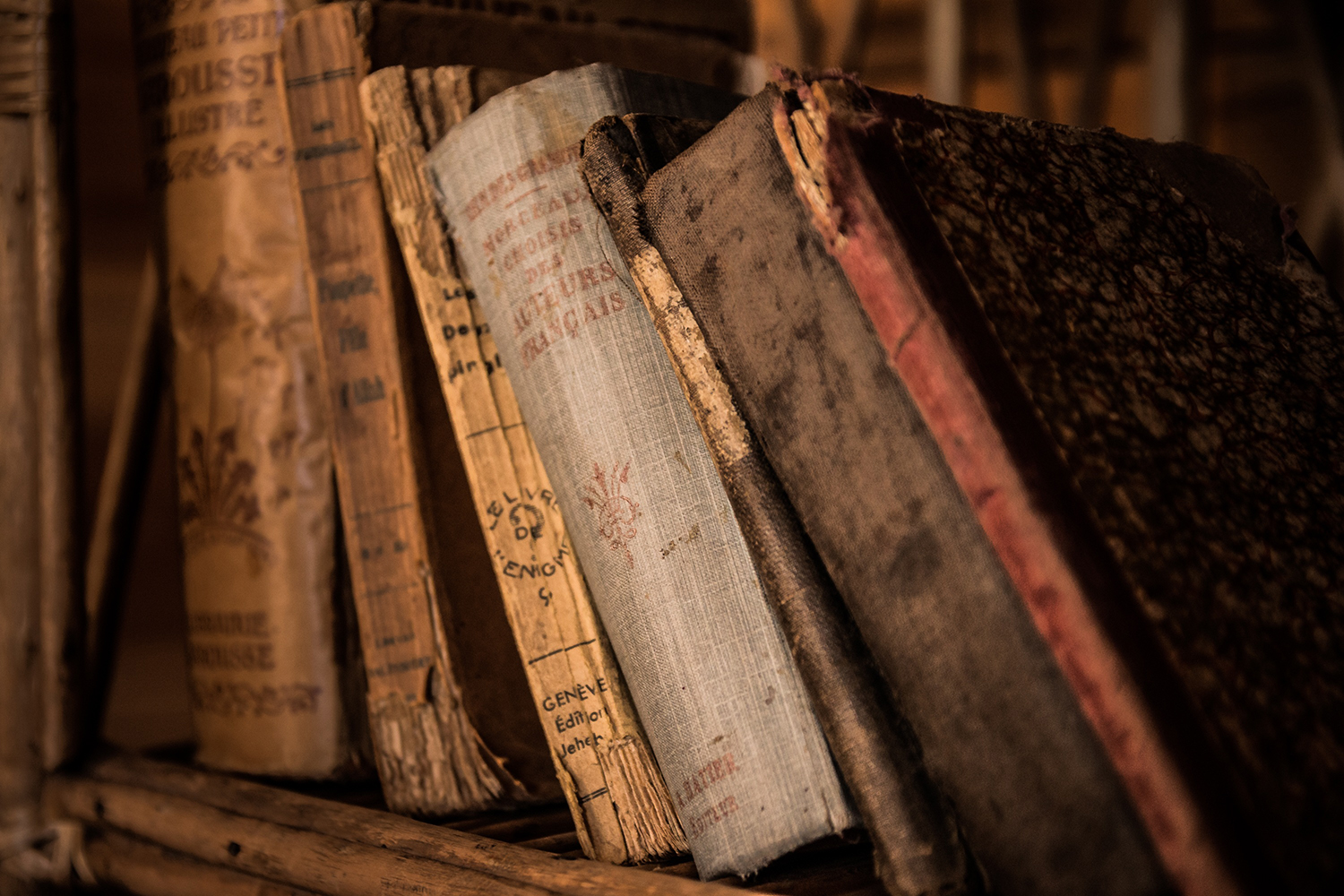RAOUL DUFY (1877-1953). Paddock à Nice, 1927. Gouache, aquarelle et lavis sur papier, signée en bas à droite 50,2 x 65,4 cm - 19 3/4 x 25 3/4 in.
Description
PROVENANCE
Hilde Gerst Gallery, New-York
Jean Deleage, San Francisco
Weinstein Gallery, San Francisco
Vente Sotheby's, New-York, 3 mai 2012
Collections Aristophil
EXPOSITION
Paris, Galerie Bernheim-Jeune-Dauberville, Chefs-d'oeuvre de Raoul Dufy, 1951
Paris, Galerie Jean-Claude et Jacques Bellier, D'Ingres à nos jours, aquarelles, pastels et dessins, 1960, n° 25, repr.
BIBLIOGRAPHIE
Fanny Guillon-Laffaille, Raoul Dufy, Catalogue raisonné des aquarelles, gouaches et pastels, vol. I, Paris, 1981, n° 890, repr. p. 325
RAOUL DUFY (1877-1953)
Né en 1877 au Havre, il intègre en 1900 l’Ecole Nationale des Beaux-Arts de Paris. Il expose pour la première fois en 1901 au Salon des artistes et continue, à partir de 1903, avec le Salon des Indépendants. D’abord influencé par le fauvisme, il découvre Cézanne en 1908 qui deviendra alors sa source majeure d’inspiration. En 1911, il fonde avec le couturier Paul Poiret la « Petite Usine », entreprise dédiée à l’impression de tissu de mode et de décoration. D’abord intéressé par la gravure, il se lance dans la lithographie et l’aquarelle avant d’entreprendre le travail de la céramique au côté du catalan Llorens Artigas. Il illustre également des livres. Il voyage beaucoup, surtout en Méditerranée. La vivacité des couleurs et du mouvement (c’est un grand amateur de courses équestres) le fascinent et deviennent le sujet de ses compositions. Aidé de son frère Jean, il réalise la plus grande peinture existante, la Fée Electricité, pour le Pavillon de l’Electricité de l’Exposition internationale de 1937.
Born in 1877 in Le Havre, in 1900 Dufy entered the Ecole Nationale des Beaux- Arts in Paris. He exhibited his work for the first time at the 1901 Salon des Artistes, and then at the Salon des Indépendants in 1903. Initially influenced by Fauvism, in 1908 he discovered Cézanne, who became his main source of inspiration. In 1911, he and the couturier Paul Poiret founded the “Petite Usine”, a company that printed fashion and decorative textiles. Initially interested in engraving, he then began to work in lithographs and watercolours before moving into ceramics alongside the Catalan artist Llorens Artigas. He also illustrated books.
He travelled a great deal, particularly in the Mediterranean. A keen lover of horseracing, he was fascinated by lively colours and movement, which became the focus of his paintings. With help from his brother Jean, he produced the largest painting ever made, La Fée Electricité, for the Electricity Pavilion at the Universal Exhibition of 1937.
La course hippique est une thématique récurrente dans l’oeuvre artistique de Dufy. C’est dans les années 1910, qu’il commence à s’intéresser à la représentation de l’atmosphère électrique et grisante de ces évènements où se presse la haute société. Grâce au développement de sa technique picturale et tout particulièrement à son attrait pour la couleur vive et légère, le peintre parvient merveilleusement bien à rendre cette impression de mouvement et même d’empressement. Comme l’explique Dora Perez-Tibi « les scènes de courses de chevaux, qu’elles aient lieu en France, à Deauville, Longchamp ou Chantilly, ou en Angleterre, à Epsom, Ascot ou Goodwood, donnent l’opportunité à Dufy de mettre sa théorie en pratique... Il avait décidé d’exprimer la lumière par la couleur, l’absence de couleur traduisant une zone non éclairée... Pour Dufy, l’équilibre de la composition vient de la distribution de toutes les sources de lumière au centre de chaque élément peint. C’est là qu’il a trouvé le secret de sa manière de composer. » (Dora Perez-Tibi, Dufy, New York, 1989, pp. 158-162). Cette oeuvre est donc un très bon exemple de l’essence même du travail artistique de Dufy et de sa volonté de rendre lumière et mouvement à la peinture.
In 1913, Dufy began to take an interest in horseracing, which became one of his main subjects during the Twenties. The wealth of lively colours and vibrant energy of these events were highly appealing to the artist. Encouraged by his friend, the couturier Paul Poiret, Dufy initially focused on fashion and the society closely or distantly involved in these races, but was then attracted by the intoxicating atmosphere of racing itself. Paddock à Nice covers both aspects: while the figures in motion mingle with the jockeys in the foreground, the background gives us a glimpse of the commotion on the racecourse and in the stands. Dufy saturates his subjects in rich colours that accentuate the exuberance of these events. According to Bryan Robertson, «In these racecourse scenes, the lively, joyful interaction between the green turf, white railings, gaily coloured crowd and trees standing out against the blue sky with its scattering of clouds gradually becomes the sole focus of interest.» Horseraces gave Dufy numerous occasions to use his «colour-light» technique, which put the focus on colour rather than using black and white to imply shade. This enabled the artist to express light in a highly distinctive way. Dora Perez-Tibi explains that «the horseracing scenes, whether set in France at Deauville, Longchamp or Chantilly, or in England at Epsom, Ascot or Goodwood, all gave Dufy a chance to put his theory into practice. He decided to depict light through colour, where the absence of colour represented an unlit area… For Dufy, the composition’s balance came from the distribution of all the light sources at the centre of every painted element. This was the secret of his composition method.» The work here is a fine illustration of his extraordinary ability to convey the vibrant atmosphere and bustling activity of a racecourse.1 Bryan Robertson, Raoul Dufy 1887-1953 (catalogue d’exposition), Londres, 1983 2 Dora Perez-Tibi, Dufy, New York, 1989, pp. 158-162.
